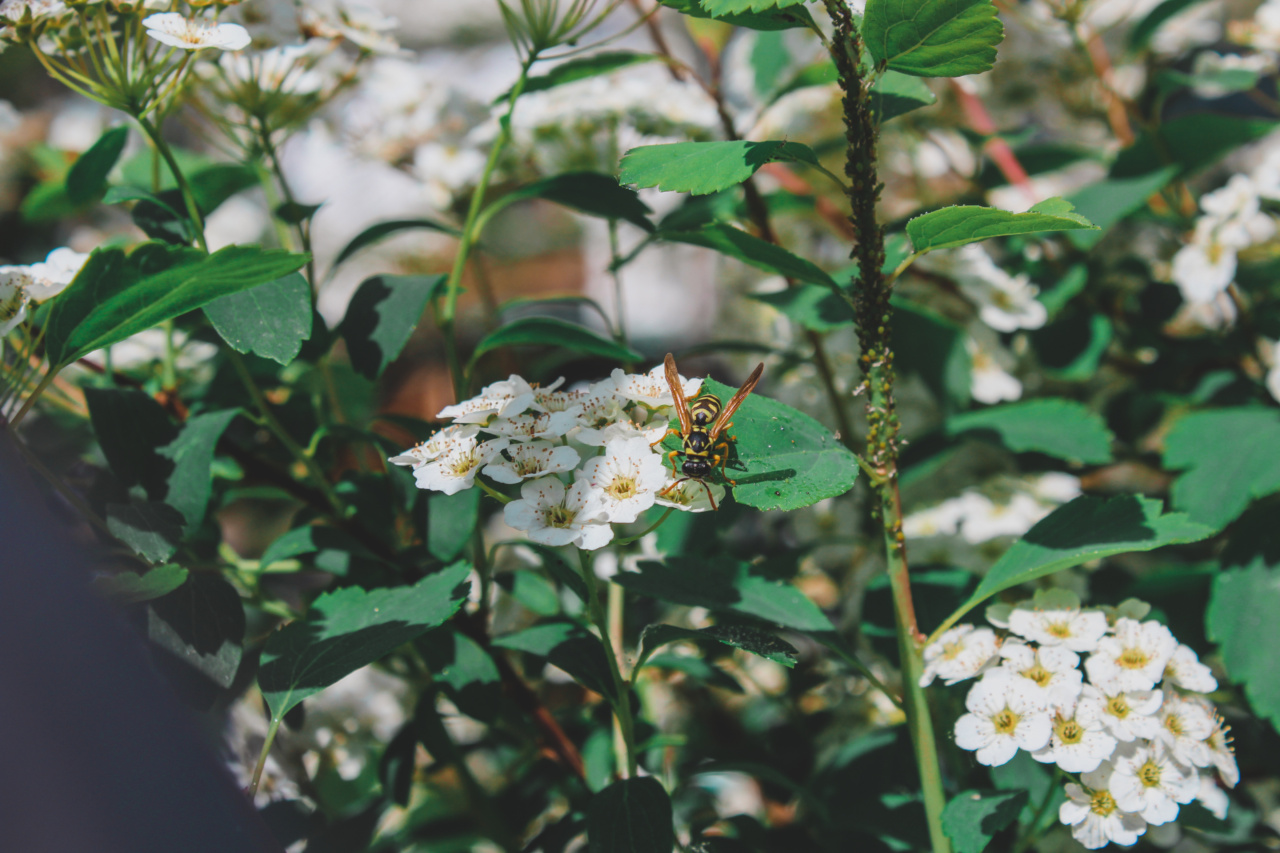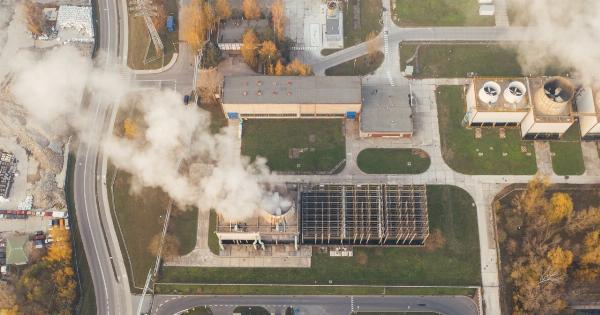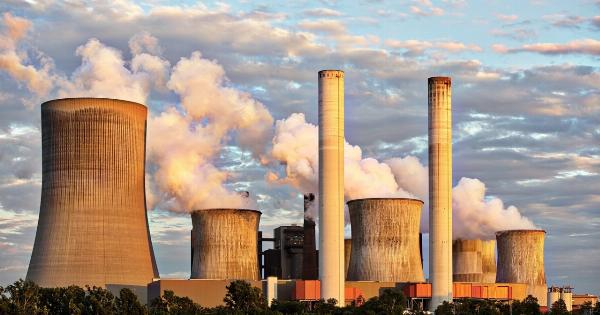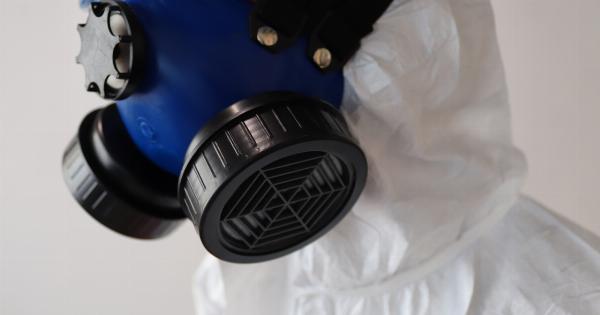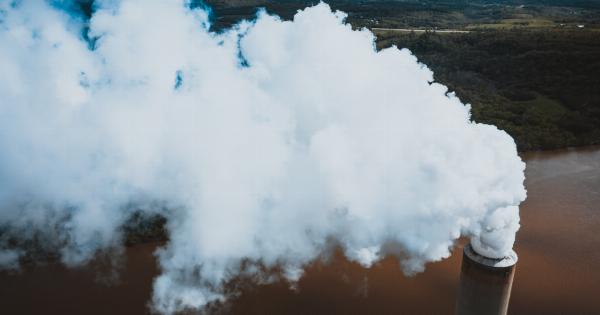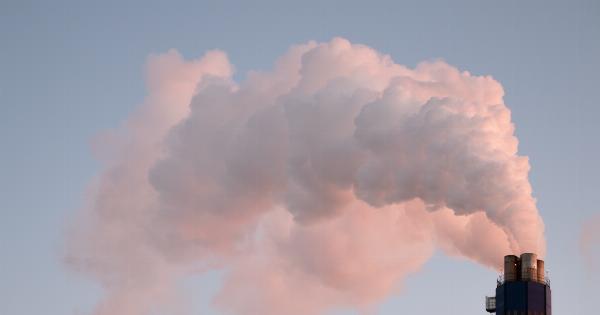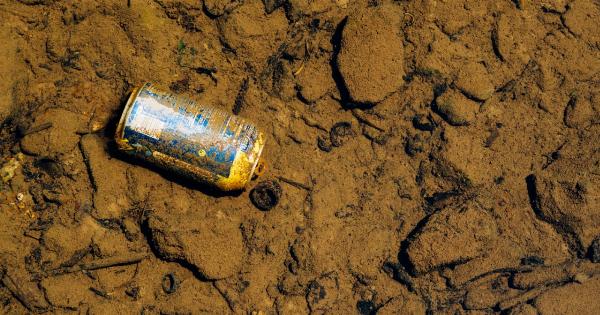Spring is a beautiful season when nature comes to life, with trees blossoming and flowers blooming. However, for individuals who suffer from allergies, spring can also bring about a great deal of discomfort and health issues.
Allergies are a common problem, affecting millions of people worldwide. In recent years, there has been a growing concern that the combination of spring allergies and increased pollution levels can exacerbate symptoms and pose significant risks to those affected.
The Prevalence of Spring Allergies
Spring allergies, also known as hay fever or seasonal allergic rhinitis, are allergic reactions that occur due to the body’s response to certain substances, such as pollen, mold spores, and dust mites, which are more prevalent during the spring season. Symptoms of spring allergies include sneezing, a runny or stuffy nose, itchy and watery eyes, itching in the throat, and fatigue.
According to the American College of Allergy, Asthma & Immunology, approximately 30% of adults and 40% of children suffer from allergies.
Spring allergies are particularly common, as they are triggered by the abundance of pollen released by trees, grasses, and weeds during this time of the year.
The Link Between Spring Allergies and Pollution
While pollen is the primary trigger for spring allergies, a growing body of research suggests that pollution can exacerbate the severity of allergies and increase the risk of respiratory problems.
Air pollution, caused by vehicle emissions, industrial activities, and other human activities, can worsen the symptoms experienced by allergy sufferers.
Pollution and Allergic Rhinitis
Allergic rhinitis, commonly known as hay fever, is one of the most common forms of allergies. It causes inflammation in the nasal passages, leading to symptoms such as a runny nose, sneezing, and congestion.
When individuals with allergic rhinitis are exposed to high levels of air pollution, the symptoms can become more severe and prolonged.
Studies have shown that exposure to pollutants, such as fine particulate matter (PM2.5), nitrogen dioxide (NO2), and ozone (O3), can trigger and intensify allergic reactions.
The pollutants can irritate the nasal mucosa, worsening the immune response to allergens. This can result in increased nasal congestion, sneezing, and a higher chance of sinus infections.
Associations Between Pollutants and Allergic Asthma
Allergic asthma is a chronic inflammatory condition of the airways, triggered by allergens such as pollen, dust mites, and pet dander.
When individuals with allergic asthma are exposed to high levels of air pollution, the allergens can become even more potent triggers, leading to worsening asthma symptoms.
Research has found that pollutants, especially ozone and nitrogen dioxide, can increase the susceptibility of individuals to develop asthma and worsen existing asthma symptoms.
The pollutants can cause oxidative stress and inflammation in the airways, making them more sensitive to allergens. This can result in increased wheezing, coughing, shortness of breath, and asthma attacks.
Spring Allergy Hotspots for Polluted Areas
Some geographical areas are more prone to both high pollen counts and pollution levels during the spring season. These spring allergy hotspots can be especially challenging for individuals with allergies and respiratory conditions.
Urban areas with high traffic density, industrial zones, and places with high levels of air pollution tend to have a larger population of allergy sufferers.
In these hotspots, the combination of high pollen levels and pollution creates a perfect storm for spring allergy sufferers.
The pollen particles become coated with pollutants in the air, making them smaller and more likely to be inhaled deeply into the lungs. This can lead to increased allergic reactions and respiratory problems in affected individuals.
Protecting Yourself from Spring Allergies and Pollution
While it may be challenging to completely avoid the risk of spring allergies and pollution, there are several steps individuals can take to minimize exposure and protect their health:.
- Monitor pollen levels: Stay updated on local pollen forecasts and try to stay indoors when levels are high.
- Keep windows closed: Use air conditioning and keep windows shut to prevent pollen and pollutants from entering your home.
- Use air purifiers: Consider using air purifiers with HEPA filters to help remove allergens and pollutants from the indoor air.
- Wear protective gear: When spending time outdoors, wear sunglasses to protect your eyes from pollen and a mask to reduce inhalation of pollutants.
- Practice good hygiene: Wash your hands and face frequently to remove pollen particles and avoid rubbing your eyes, as this can worsen allergy symptoms.
- Consult with a healthcare professional: If your symptoms are severe or affecting your daily life, consult with a healthcare professional for appropriate diagnosis and treatment options.
The Importance of Environmental Regulations
To combat the negative effects of pollution on spring allergy sufferers and the general population, it is crucial to have strong environmental regulations in place.
Governments and regulatory bodies need to prioritize measures that reduce air pollution, including stricter emission standards for vehicles, promoting renewable energy sources, and improving industrial pollution control.
Individuals can also contribute to reducing pollution by adopting sustainable practices such as using public transportation, carpooling, conserving energy, and supporting environmentally friendly policies.
By working together, we can create a cleaner and healthier environment for everyone.
The Future of Allergies and Pollution
The combination of spring allergies and pollution is a growing concern due to its impact on human health and well-being.
As pollution levels continue to rise and climate change alters the timing and intensity of pollen seasons, the prevalence of allergies and respiratory conditions is expected to increase.
Researchers and scientists are studying the complex relationship between allergens and pollutants to better understand the mechanisms involved and develop strategies to alleviate symptoms.
Studies are exploring the potential benefits of air purification systems, allergen immunotherapy, and personalized treatment plans to manage allergies and mitigate the effects of pollution.
Conclusion
Spring allergy sufferers face increased risks due to the combination of allergies and pollution. The rise in pollution levels exacerbates the severity of symptoms and increases the risk of respiratory problems among those affected.
It is important to raise awareness about this issue and take necessary precautions to minimize exposure to allergens and pollutants. By working towards cleaner air and implementing effective environmental regulations, we can create a healthier spring season for everyone.
